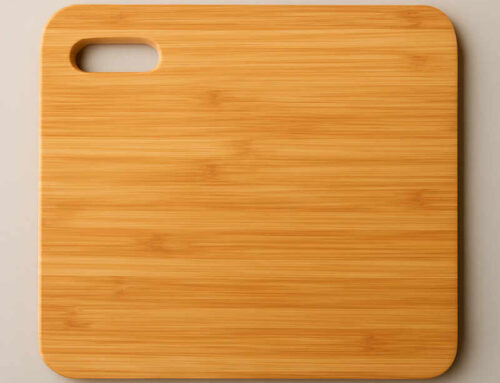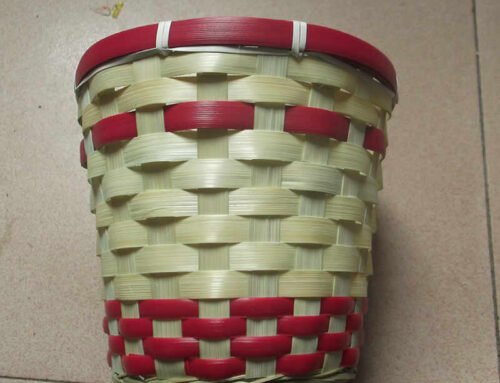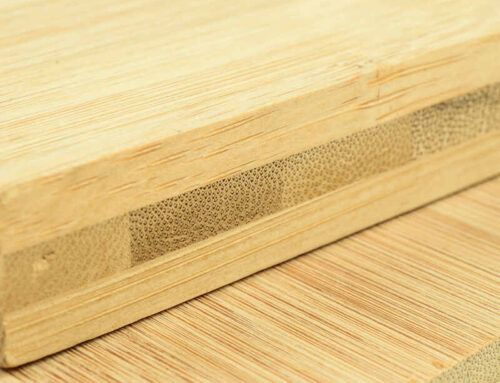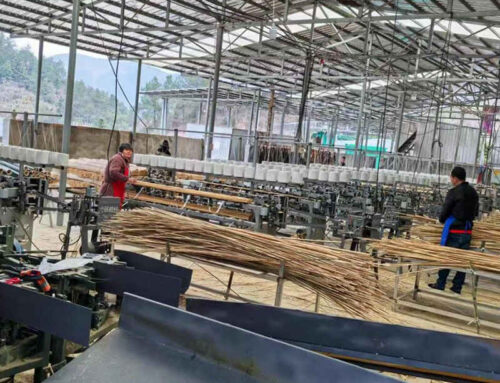The processing of bamboo into different products,such as flooring, bamboo furniture, chopsticks, or construction materials—inevitably generates a significant amount of sawdust and fine particles. Historically viewed as a waste product to be disposed of, often through incineration, bamboo sawdust is now recognized as a versatile and valuable by-product. Its unique properties, including high cellulose content, porosity, and a fibrous structure, make it suitable for a wide array of applications across lots of industries, contributing to a more sustainable and circular economy. The utilization of bamboo sawdust not only adds economic value but also obviously reduces the environmental pollution.
The primary applications of bamboo sawdust can be categorized as below points:
1.Energy Production: Such As Biofuel and Briquettes
One of the most direct and efficient uses of bamboo sawdust is used as a source of bioenergy.
- Direct Combustion: Bamboo sawdust has a relatively high calorific value (comparable to or better than many hardwoods), making it an excellent solid fuel. It can be burned directly in specialized boilers to generate steam for power generation or to provide heat for drying other bamboo products within the processing facility itself, creating a closed-loop system.
- Briquettes and Pellets: Loose sawdust is bulky and inefficient to transport. By drying, compression, and extrusion, the bamboo sawdust can be transformed into high-density briquettes or pellets. These serve as a clean, efficient, and renewable alternative to charcoal or fossil fuels for cooking, heating, and industrial boilers. Bamboo charcoal briquettes, made by carbonizing the sawdust first, are especially valued for their long, consistent burn time and high heat output.
2.For Agricultural and Horticultural
Bamboo sawdust is extremely beneficial for agriculture and gardening due to its organic nature and physical structure.
- Mulching: Spread around plants, a layer of bamboo sawdust obviously can help retain soil moisture, suppress weed growth, regulate soil temperature, and prevent soil erosion. As it slowly decomposes, it adds organic goods to the soil, improving its structure and fertility.
- Composting: It is a valuable “brown” material (carbon-rich) in composting. Mixed with “green” materials (nitrogen-rich like food scraps or grass clippings), it accelerates the composting process and results in a nutrient-rich soil amendment. Its structure helps aerate the compost pile, preventing foul odors.
- Substrate for Mushroom Cultivation: Certain species of edible and medicinal mushrooms, such as oyster mushrooms, thrive on lignocellulosic materials , often supplemented with bran or other nutrients, offers an ideal sterile and nutritious substrate for mycelium growth. It is increasingly used in baglog cultivation methods.
- Soil Amendment: Composted bamboo sawdust can be directly mixed into soil to improve its aeration, drainage, and water-holding capacity, particularly in clay-heavy soils.
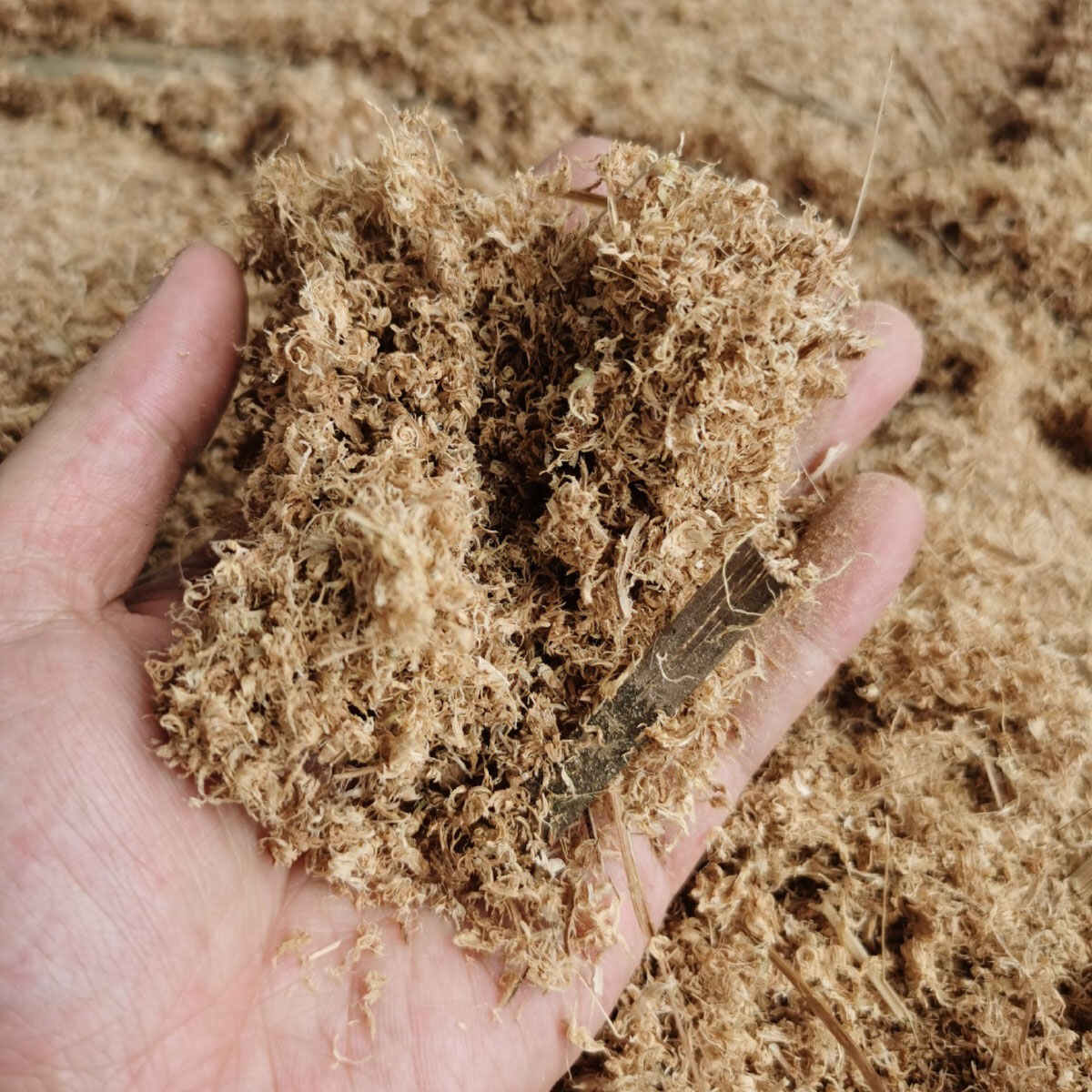
3.Manufactured Wood Products
The fibrous nature of bamboo makes its sawdust an excellent raw material for composite materials.
- Particleboard and Medium-Density Fiberboard (MDF): Bamboo sawdust is a prime feedstock for the production of particleboard and MDF. Mixed with synthetic resins (e.g., urea-formaldehyde) under high heat and pressure, the particles bind together to form the strong, uniform, and durable panels. These panels are used in furniture, cabinetry, and interior construction, reducing the demand for solid wood and promoting resource efficiency.
- Bamboo-Plastic Composites (BPC): A fast growing application is combining bamboo sawdust with thermoplastic polymers (like polyethylene or polypropylene). The resulting composite material combines the stiffness of the natural fibers with the plasticity and durability of plastic. BPC is used to make decking, fencing, outdoor furniture, and different durable consumer goods. It is highly resistant to moisture and decay, making it becomes the ideal material for outdoor use.
4.Industrial and Chemical Applications
Advanced processing techniques can extract the fundamental components from bamboo sawdust for higher-value products.
- Activated Carbon: Bamboo sawdust is an excellent precursor for producing activated carbon. Through a process of pyrolysis (heating in an oxygen-limited environment) followed by activation (with steam or chemicals), a highly porous form of carbon is created. Bamboo-based activated carbon has a vast surface area and is used extensively in water purification, air filters, gold recovery in mining, and as a decolorizing agent in the food and chemical industries.
- Nanocellulose and Microcrystalline Cellulose (MCC): The high cellulose content in bamboo allows for the extraction of nanocellulose (including cellulose nanocrystals and nanofibrils) and MCC. These materials are used as reinforcing agents in bioplastics, composites, and pharmaceuticals (as binders in tablets). Nanocellulose is renowned for its exceptional strength and lightweight properties.
- Bio-based Chemicals: Through enzymatic hydrolysis and fermentation, the sugars in bamboo sawdust (cellulose and hemicellulose) can be converted into bio-based chemicals like ethanol, lactic acid (for bioplastics), and xylitol (a sweetener). This represents a promising way for the bio-refinery idea, where waste biomass is converted into a portfolio of valuable goods.
5.Animal Husbandry
- Bedding Material: Its high absorbency makes the bamboo sawdust an suitable and comfortable bedding material for livestock, poultry, and pets. It absorbs moisture and odors, providing a dry and hygienic environment for animals and reducing the risk of disease.
- Feed Additive (After Treatment): While not a primary nutrient source, some studies explore using fermented or treated bamboo sawdust as a feed additive for ruminants. The process breaks down the lignin, making the fibrous carbohydrates more digestible.
6.Other Innovative Applications
- Absorbents for Oil Spills: Treated bamboo sawdust has been recognized for its ability to absorb oil from water surfaces, offering a biodegradable and renewable solution for mitigating oil spills.
- Construction Materials: It can be used as a filler in the type of bricks or as an aggregate in lightweight concrete, improving insulation properties.
- Potting Mixtures: Mixed with other components like compost and perlite, it forms a good growing medium for potted plants.
In conclusion, bamboo sawdust is far from mere waste. Its potential applications are vast and span from simple soil enrichment to high-tech industrial processes. The efficient utilization of the bamboo sawdust is a cornerstone of sustainable bamboo management, maximizing resource yield, generating additional revenue streams for processing facilities, and minimizing the environmental footprint of the bamboo industry. The ongoing research into new and improved applications continues to unlock even greater value from this remarkable natural material.

